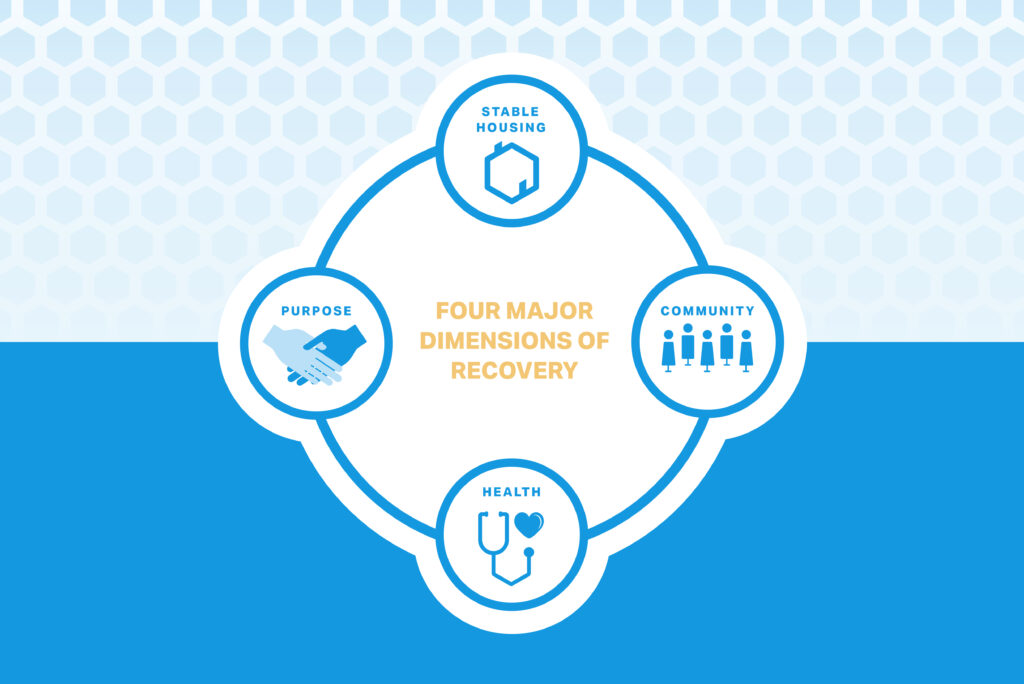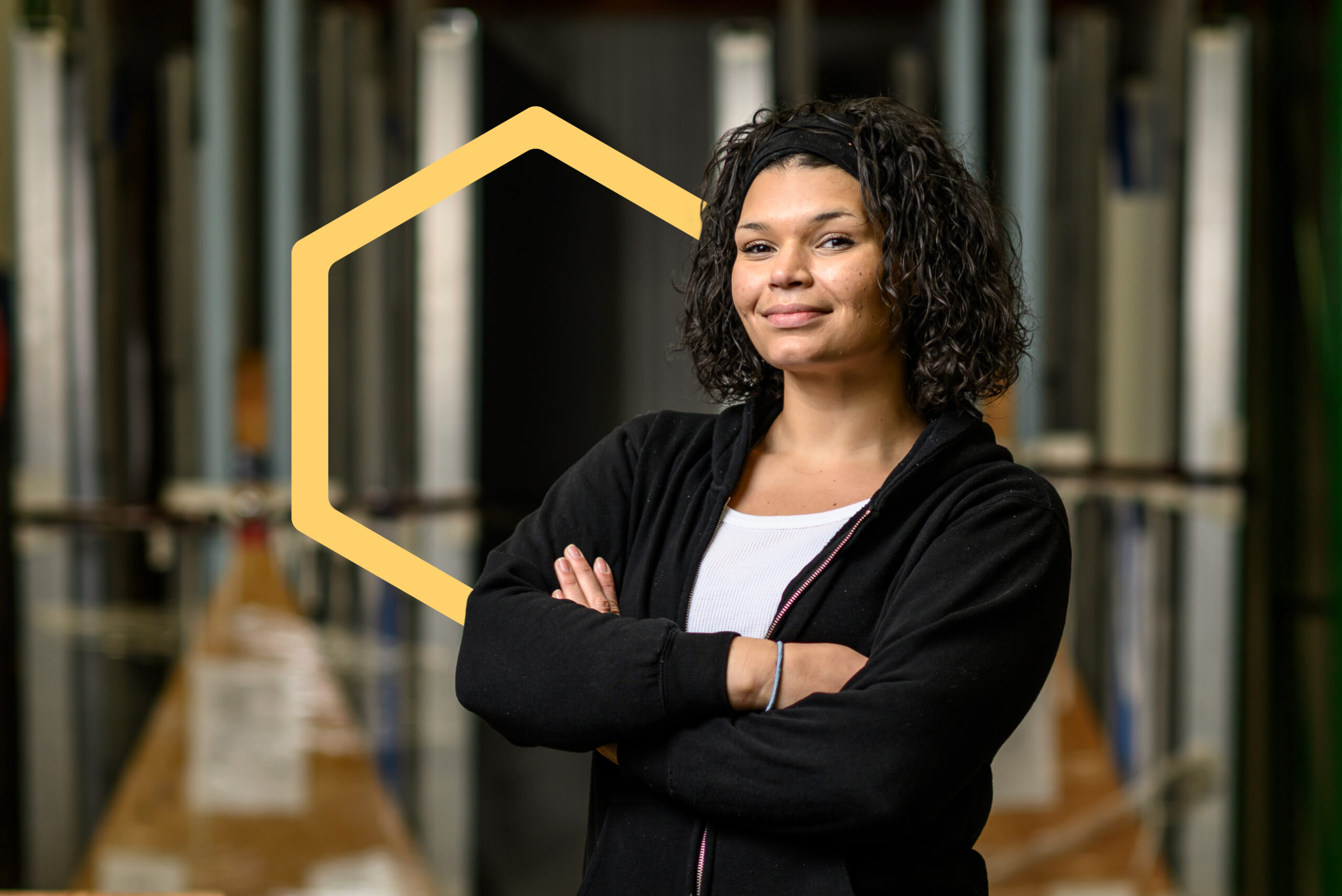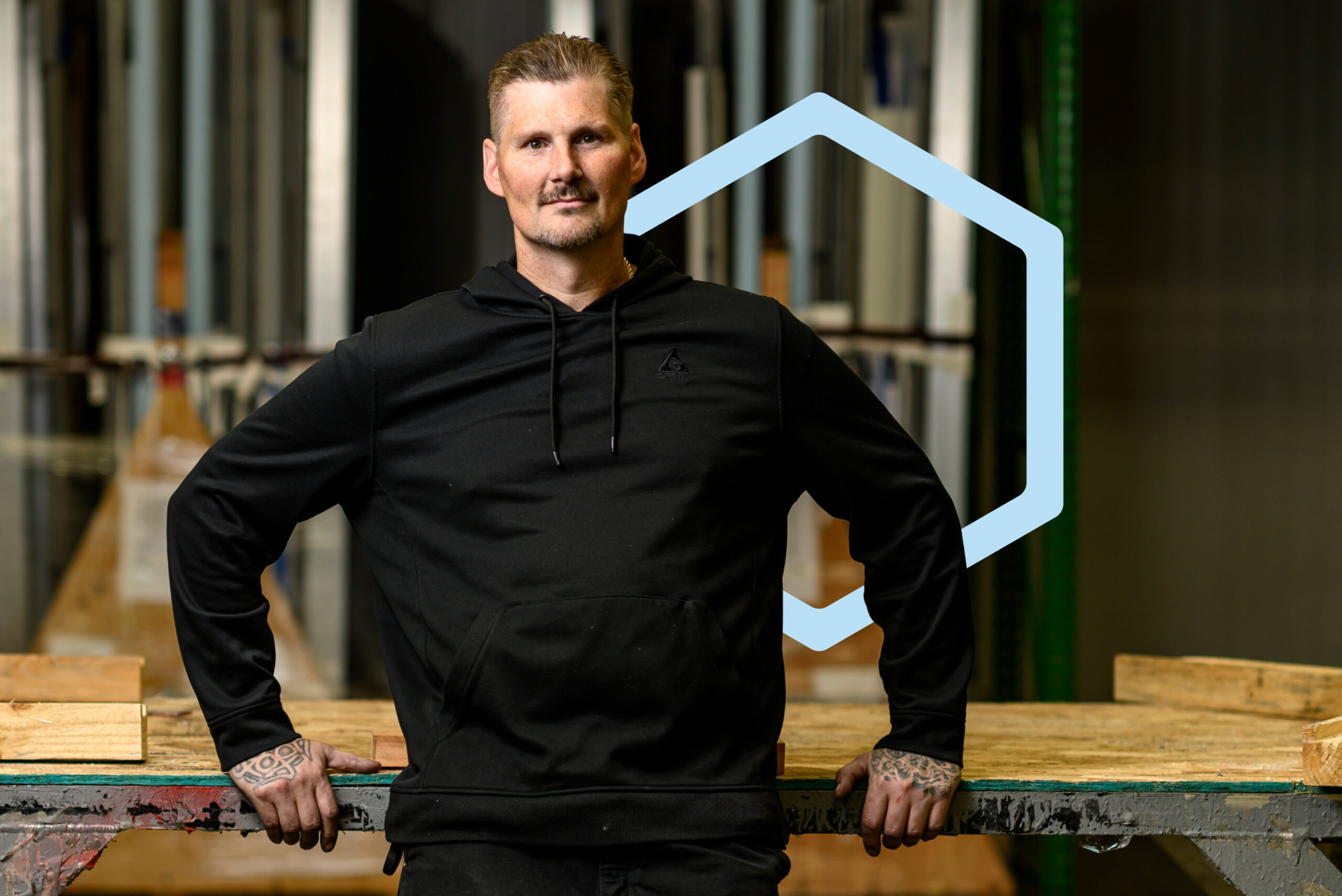Why Stable Housing is Essential for Recovery
September 24, 2024
Housing stability is at the core of substance use recovery. The proven success of supportive housing models illustrates the urgent need to expand such programs.

Housing insecurity and substance use disorder are two of the most prevalent public health issues facing our country: people experiencing homelessness (PEH) or housing instability and individuals living with substance use disorders (SUDs) are equally at risk of poor health outcomes. And while the link between the two may be evident to many, recognizing that housing is healthcare—and how it has a crucial impact on people’s recovery journeys—is still overshadowed by insurmountable barriers to stable housing.
The present shortage of attainable housing (only 34 affordable and available rental homes exist for every 100 cost-burdened renters across the country) becomes even more narrow for people with histories of addiction. Beyond prohibitively long waiting lists and a stark lack of supply, federal policies allow housing agencies and landlords to prevent people with past histories of drug use from receiving housing assistance. These realities lead to a problem that is cyclical in nature: once an individual experiences homelessness due to a substance-related incident, they encounter higher difficulty obtaining housing, and, in turn, this lack of secure housing acts as a barrier to recovery and achieving sobriety.
Expanding existing affordable and supportive models alongside reforming policies that prevent people with addiction history from attaining housing is critical to help people in active recovery. These initiatives, coupled with the fundamental understanding that every person’s recovery journey is unique and requires different resources, can effectively build a system that supports those living with SUD and creates equitable housing opportunities for everyone.
The Importance of Recovery Housing Models
The most common housing models that are specifically created to facilitate recovery from SUD are known as transitional housing, permanent supportive housing, and sober living or recovery housing.
While each program structure varies regarding employment or rent contribution requirements, all are focused on providing an environment that prioritizes services, peer support, and accountability. Looking at the big picture, these models are designed to prolong sobriety and provide pathways to permanent housing stability and employment for participants.
In addition to stable housing being one of the four major dimensions of recovery, ample research shows the efficacy of these programs. Positive outcomes among participants include decreased substance use, reduced likelihood of return to use, lower rates of incarceration, higher income, improved employment, and healthier family relationships.
Despite the proven effectiveness of these models, various factors contribute to a shortage of recovery housing programs for people who need them most.
The Need for Expansion
The dearth of recovery and sober living houses with available space threatens the safety and well-being of impacted individuals and their communities. With sky high property and construction prices, as well as insufficient funding and a lack of developable land, building more units that can accommodate these vulnerable groups has become unattainable.
Travis Gannon, founder of sober living organization Hand Up Housing in Snohomish County, attests to this. “It’s tighter than it’s ever been for us,” he says. “I mean, we don’t have openings. We fill everything that we have and we’re turning away 30 to 50 people a week at this point.”
Pallet team member Gabby Bullock has found life-changing support and growth through living at one of the organization’s recovery houses. After six months of participating in the program and being able to reunite with her children, she said: “It just really proves that what I’m doing is the right thing,” she said. “I know that if I’m doing the right thing that more miracles will happen.”
Weld, a Seattle-based nonprofit that provides transitional housing, employment opportunities, and community reconnection for its members, has seen similar successes unfold first-hand. Since launching, the organization has served more than 1,000 system-impacted individuals reenter their community from incarceration, homelessness, and addiction. By creatively utilizing vacant or underutilized properties as transitional housing units and working closely with diversion programs such as King County Drug Diversion Court, Weld offers members housing stability, recovery support, and the chance to build a brighter future for themselves.
The Role of Lived Experience in Peer Support
For Weld Housing Director Jody Bardacke, the organization’s success ultimately comes down to two principles: “attention and effort.”
Bardacke understands that recovery and reentry will look different for each member. People have different backgrounds, experiences, and support needs. Lengths of stay in the program will differ.
“We provide opportunities,” he says. “The amount of time you spend with us, it’s completely immaterial as long as you get what you need. The only part that matters is that you get where you need to go.”
This perspective is informed by Bardacke’s own recovery journey. To him, transitional housing played a pivotal part in his progress: “The day that I got into transitional housing is the same day that I was about to be homeless. If I hadn’t gotten the call that afternoon that I had a bed, I was gonna hit the streets.”
Although there are a variety of reasons people begin using substances, Bardacke points out that SUD among people experiencing homelessness often begins out of necessity, either as a way to stay awake or to numb the discomfort of living unsheltered. Even though the myth that addiction is the most common direct cause of homelessness has been proven false through research, the close relationship between the two contributes to a lasting stigma.
“A lot of times it’s a coping mechanism: you start using because you’re in a tent,” he says. “It’s freezing, and you’re unsafe and you’re stressed out. And when that’s your entire existence, even five minutes of relief is a lot.”
Bardacke realizes the tailored approach he takes to communicate to each Weld member is formed by his own lived experience with SUD and recovery.
“I'm not sitting down with someone talking about, theoretically, what recovery can do for your life,” he says. “I can tell you exactly what recovery can do. I can tell you exactly what transitional housing did for my life. I can tell you about all the different ways that I stumbled along the way and what I did to get through that.”
Creating a Path to Brighter Futures
These success stories illustrate the urgent need to expand attainable, stable housing for people with SUD. Recovery becomes achievable with housing, peer support, and connection to essential services. If a sharper focus is placed on reforming policy, practices, and funding streams and embracing innovative and trauma-informed housing models, a pathway to sustainable recovery will open for these vulnerable groups and their communities.


